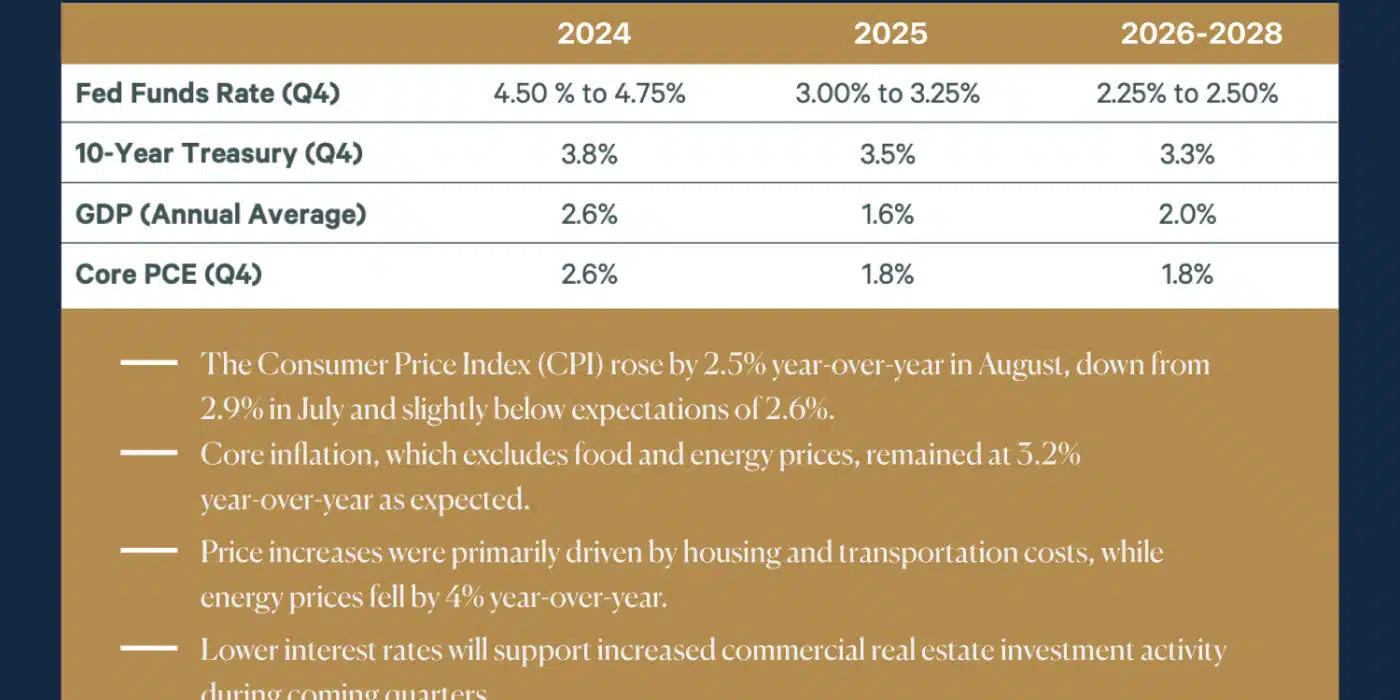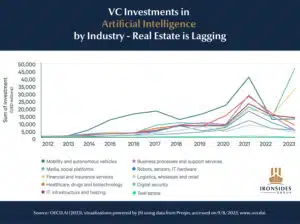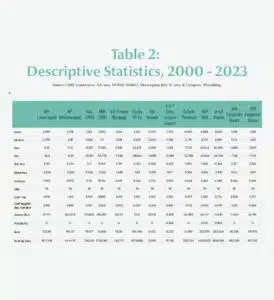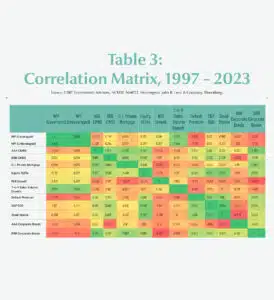Plans for Texas’ Tallest Tower Take Shape
Kairoi Residential is making headlines for its ambitious, 66-story residential skyscraper project that could soon become the tallest building in Texas as it looks to take over downtown Austin. The project, called “Sixth and Guadalupe,” aims to transform Austin’s skyline by consolidating top-tier office spaces with residential units.
Austin’s tallest building is due to move closer toward reality Thursday at 5 p.m. when Addi posts a rendering of the so-called 6XG tower on the website skyscraperpage.com, offering an image that has been pushed until now by only numbers. At 875 feet, this mixed-use development would introduce an unprecedented level of density to Austin’s urban core. The 33 storeys above will comprise 349 apartments, with the first residents due to move in by early 2024.
This has not been without controversy, however. There have also been some community concerns about how it might affect the distinctly lively essence of downtown Austin. Brendan Wittstruck, a local planning commissioner said that the tower feels like a “retroactive addition” to keeping the neighborhood vibrant, bustling and of course community-driven as it has always been.
As Austin develops into an austere vertical living palisade, this conflict between the swift urban growth and retaining the city’s culture is beginning to reveal itself. This problem is part of the broader challenge in urban development, which is our expertise at Ironsides Group.
Benefits of Vertical Expansion
Larger projects provide a multitude of economic benefits, most notably. Other posts should also help address our booming population, and increasing density could open the door for other changes, like a more walkable shopping area.
Committed to offering a higher standard of living, Sixth and Guadalupe will provide luxury apartments in Austin at an unbeatable location. Furthermore, such a development can generate retail and commercial activity within the project itself, turning it into both a single location that houses all essential elements of life for its residents & providing another source of economic development locally.
These trends are characteristic of a larger change in commercial real estate investment strategies that we break down extensively in, A Strategic Quadrant Approach to Commercial Real Estate Investing.
The move toward vertical living in downtown Austin reflects a larger real estate trend. Now, as many office vacancies begin to appear in the post-pandemic landscape, more developments are focusing on residential than they used to.
This trend can be witnessed in Austin’s other budding towers like Vesper and Symphony Square, that are having a ripple effect on the rest of the skyline.
Read more about these changes in commercial real estate from the U.S. Real Estate Market Outlook for 2024 at CBRE U.S. Real Estate Market Outlook 2024.
Community Concerns: Loss of Identity?
These are economic shifts that the lure of vertical growth promises to bring, but questions not only remain about how increasing density can maintain Austin’s identity, they remind us that so far this particular promise is still just a drawing on paper. The heart and soul of the city, downtown Austin is an incubator for a variety of cultures, bustling with rhythm & beat and sheer activity.
High-rise development gives rise to real fears of gentrification, unaffordable housing, and overall reducing the city’s individual identity. Brendan Wittstruck’s remarks only emphasize the widening gap between Omaha’s traditional cultural roots and its high-rise future as an urban center.
Hard to ignore the geographical divide stoked by nearly every Presidential candidate, and race pitting those who have a home against the rent-prop classes but with even bigger implications for the U.S. economy, that we also discussed this week in U.S. Slower GDP Growth: Fed Rate Hikes Begin Showing Their Real Estate Teeth.
Critics have also expressed fear the highrise would increase property values and could push out long-time downtowners who have built a community in the area over decades.
These concerns mirror similar ones across discussions on the plights of commercial real estate investments today, as illustrated in another piece we published titled: The Office Real Estate Crisis: Unraveling a $1 Trillion Dilemma.
Growing Responsibly
Balancing growth, sustainability, and community has always been a key part of the model as an atypical developer and that will be more important than ever in ensuring long-term success for projects like Sixth and Guadalupe.
Long-term, nature-based development practices are a priority for us at Ironsides Group. Our developments are intended to improve the areas they exist within and provide housing as well as commercial space.
The continuing debate about the Sixth and Guadalupe development that will likely make Kairoi Residential a focus for construction stands. But it is in line with a larger pattern playing out across the Austin skyline that could be helping to redefine its future as a high-rise city.
Verticality isn’t without its problems, but it presents a refreshed means of growth in an ever-changing city.
A case in point are parallel developments occurring across all other metros. You can see those shifts playing out in the luxury retail and real estate investment spaces with our article: Luxury Retailers Buying Iconic Buildings For Flagships — when urban space is being reimagined, balancing between commercial and residential interests.
The Future of Austin Real Estate Market
And as Austin continues to grow, it is important to keep an eye on how these new developments are changing the economy and community. We are a mixed-use, sustainable real estate developer.
We find all these trends exciting at Ironsides Group. With abundant knowledge based on our experience in both urban development and a myriad of services such as capital markets, we have an array of insights that assist you throughout these moments of transformation.
More On The Economy Influencing Real Estate Now: Economic Insight: US Q2 GDP Growth Ahead Of Expectations For additional information. This story takes a more in-depth look at the trajectories of our economy that shape which investment strategies are relevant across industries, real estate included.
Learn more about us or have any questions regarding our projects or services, do not hesitate to Contact Us and take a look at our About Us section for how we can bring real change to sustainable real estate development.





















